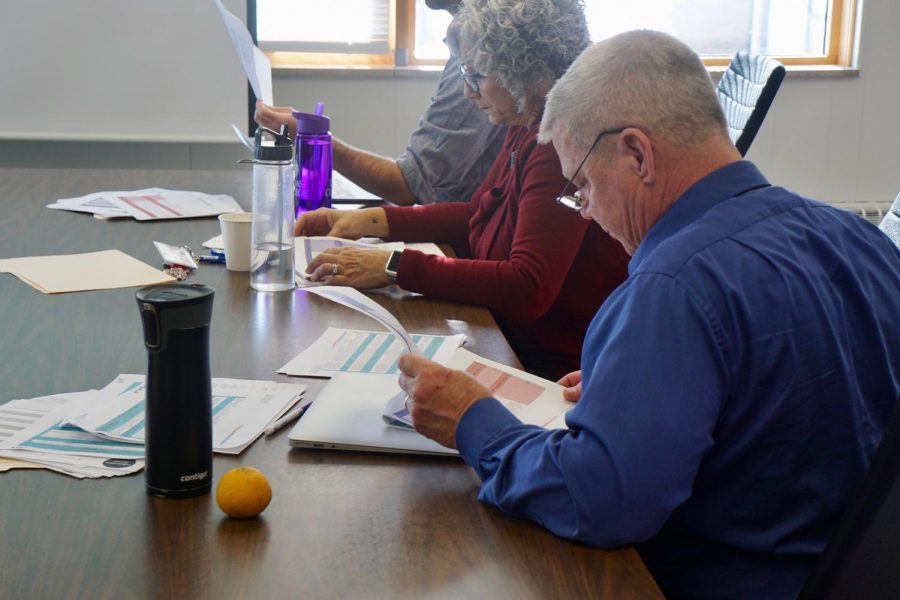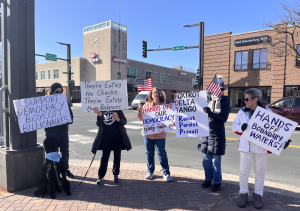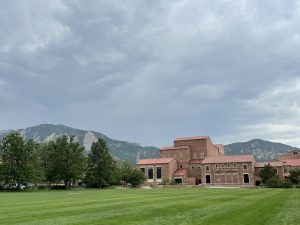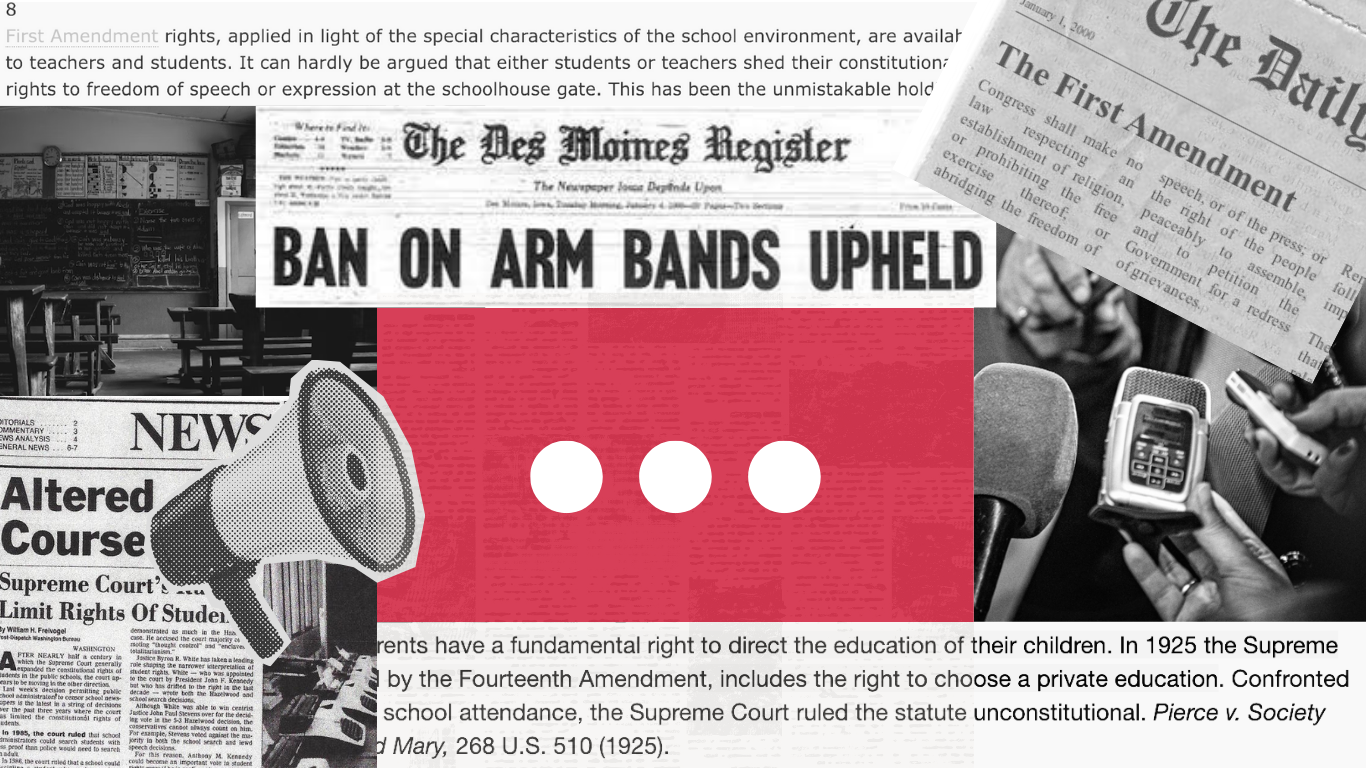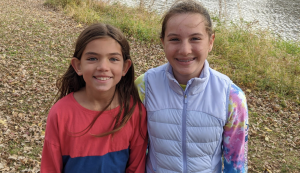Teachers attend seminars about enduring learnings
Teachers met to align curriculum to new broad concepts that they hope will stick with students beyond high school.
Teachers met to discuss curriculum in their specific subjects
January 26, 2018
In the weeks before winter break, students probably noticed that all the teachers of each department were gone for at least a day. The teachers took a day to work together on new “enduring learnings.” These enduring learnings are now targets for the curriculum for the seventh graders up to the seniors. They are supposed to help teachers meet the needs of different students. The enduring learning idea helps teachers assess different types of students; this makes it easier for students to know where they are and what to work on and get better at as they get older and grow into the adults.
“Enduring learnings” are intended to bring bigger opportunities for the students after high school, giving students lessons they can take with them for the rest of their lives. The learnings can give each student a direction to head in and an idea of that. “Enduring Learnings are those things that teachers hope students will remember 10-20 years into the future. We acknowledge that many of the day to day content-based things that we teach students gets forgotten after the test or school year finishes, but we hope that things like risk taking, perseverance, creativity, which are enduring learnings, will be what students remember for a long time to come,” English teacher, and member of the Teacher and Learning Team, Ms. Kari Koshiol said.
Different teachers have different elements of the curriculum that they enjoy teaching, but “enduring learnings” are meant to be something every teacher can build on over the four-six years students attend BSM.
These meetings are usually led by Director of Learning and Technology Dr. Steve Pohlen and junior high teacher and member of the Teacher and Learning Team, Mr. Dan Sylvester or Koshiol. The meetings are in the library conference room. Librarian Ms. Laura Sylvester starts the day by sharing a presentation on digital citizenship and then she talks about the enduring learnings. Laura Sylvester shows the teachers how to use the enduring learnings and what they are before they can present them to the students. Then, the teachers split into groups and divide the enduring learnings into di erent parts and sectors.
Each different academic department may or may not have a different amount of enduring learnings. “It really depends on the subject and curriculum. For example, the theology department has four enduring learnings while the English department has ten,” Dan Sylvester said.
Teachers from the junior high and the senior high go to the same meeting and the main idea of enduring learnings are still explained the same way. The only difference between the enduring learnings for the different grades is how they are explained.




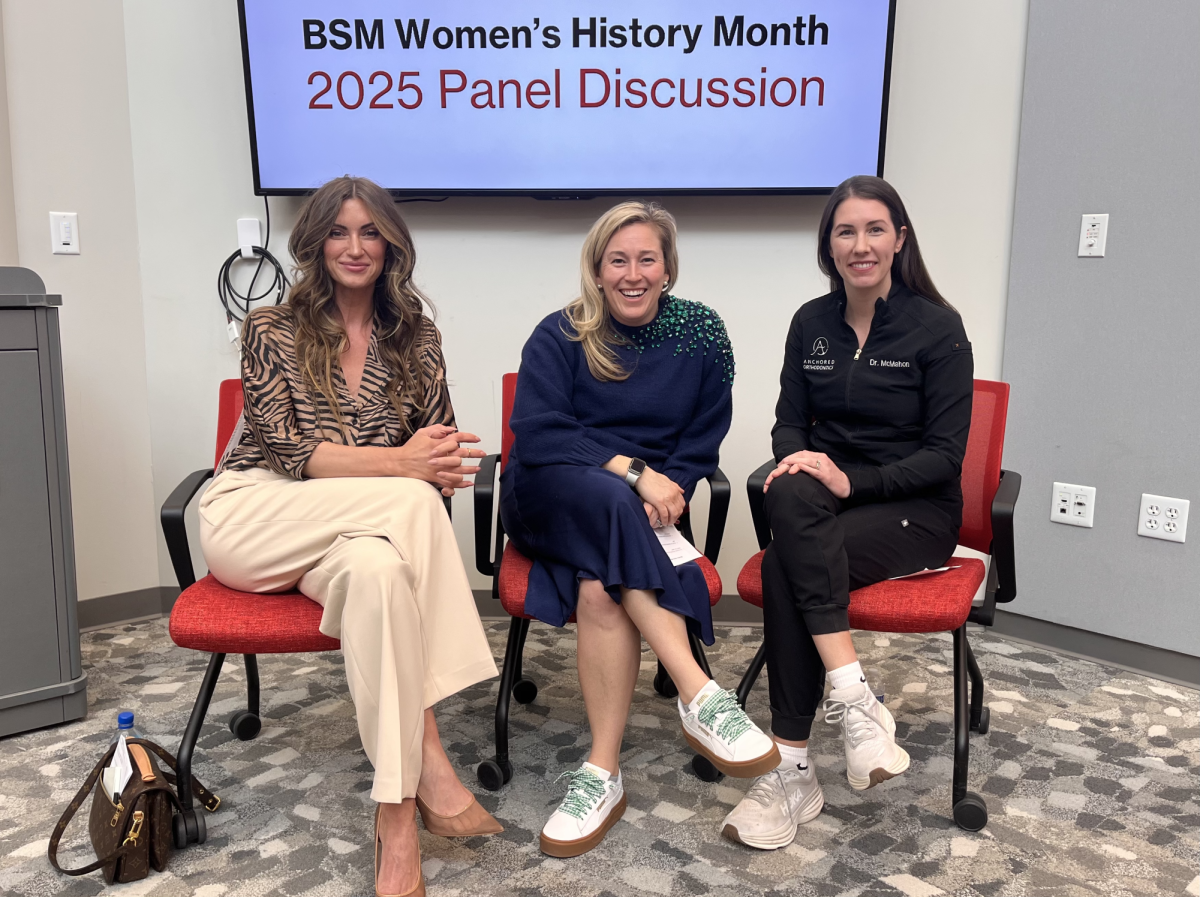
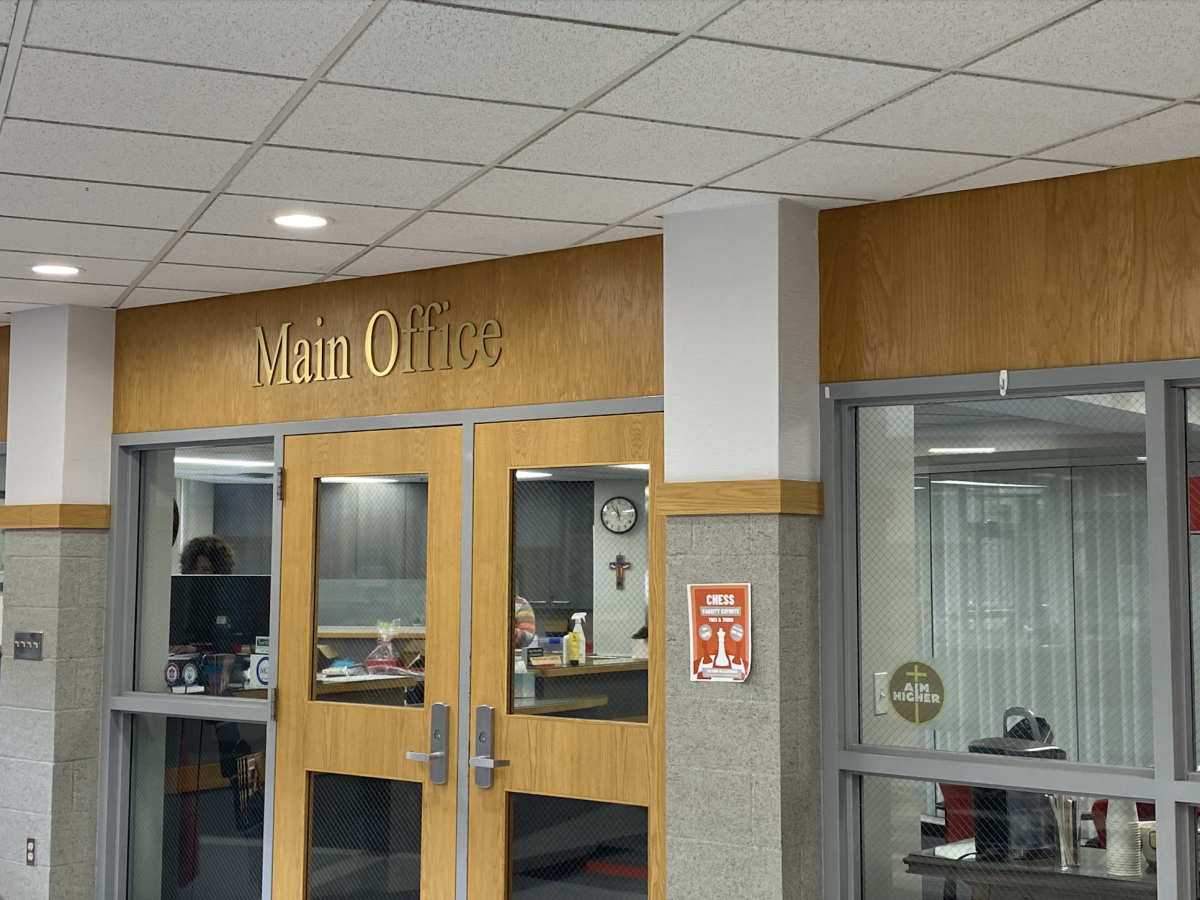
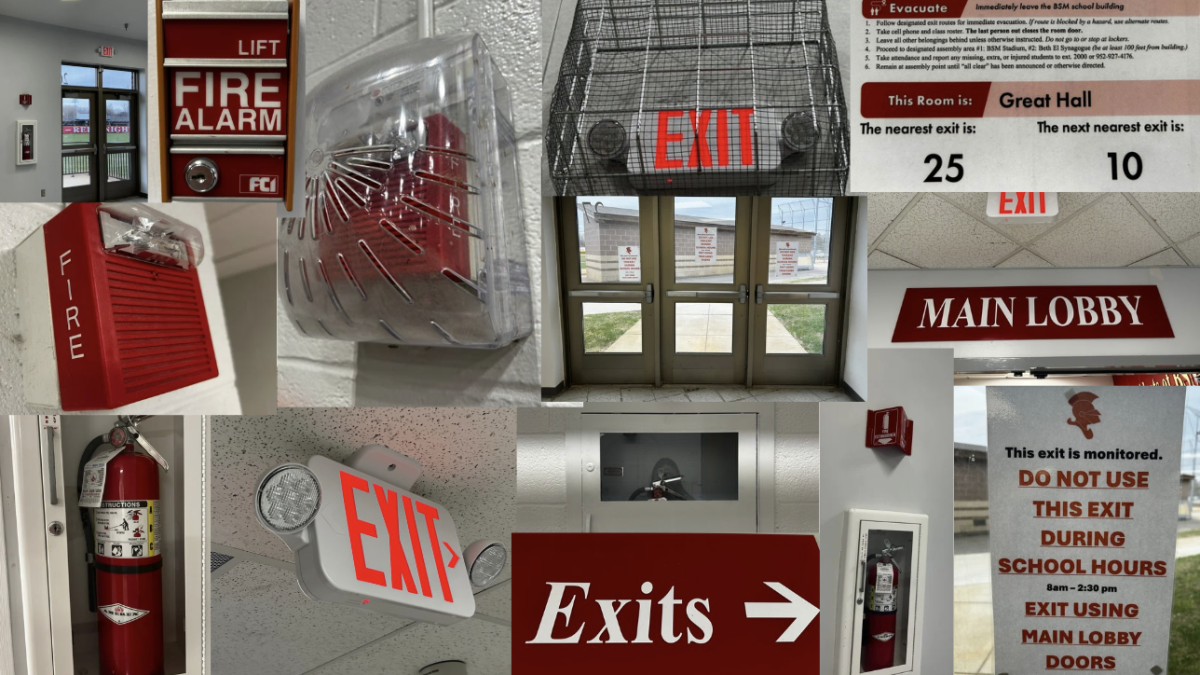


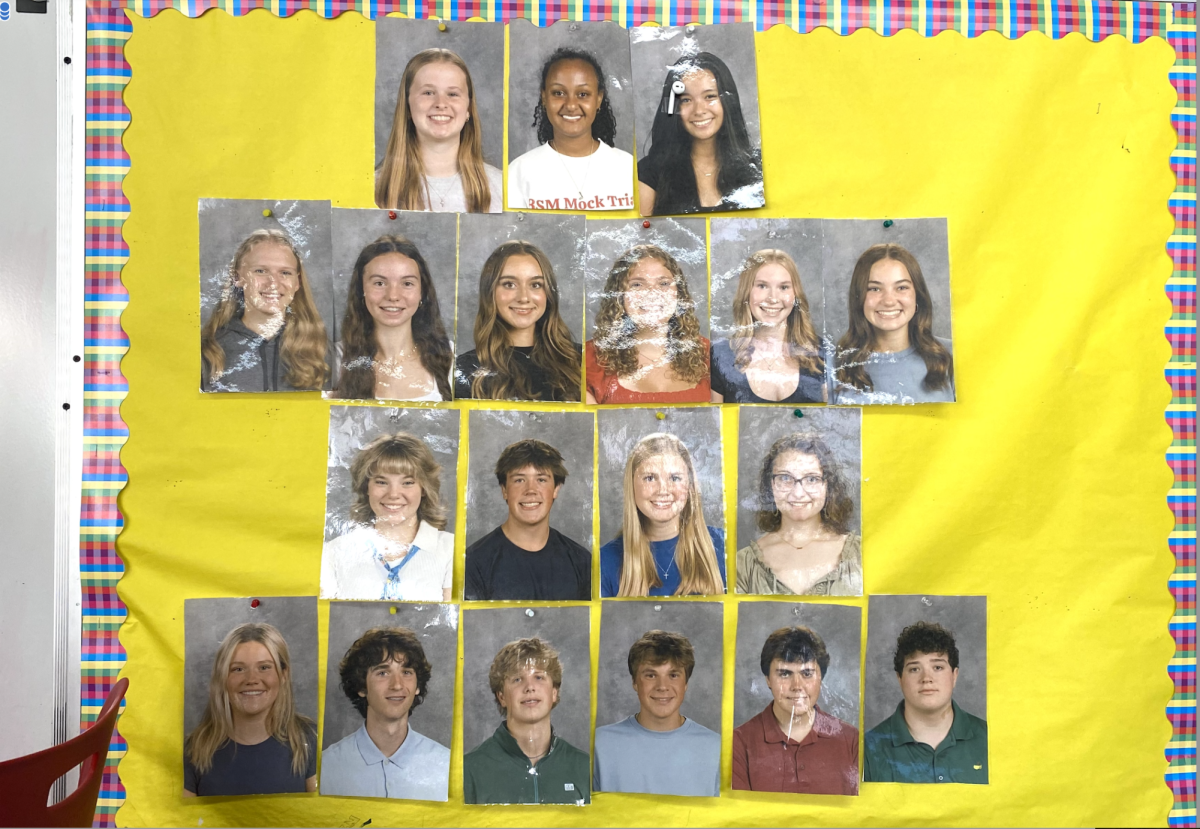
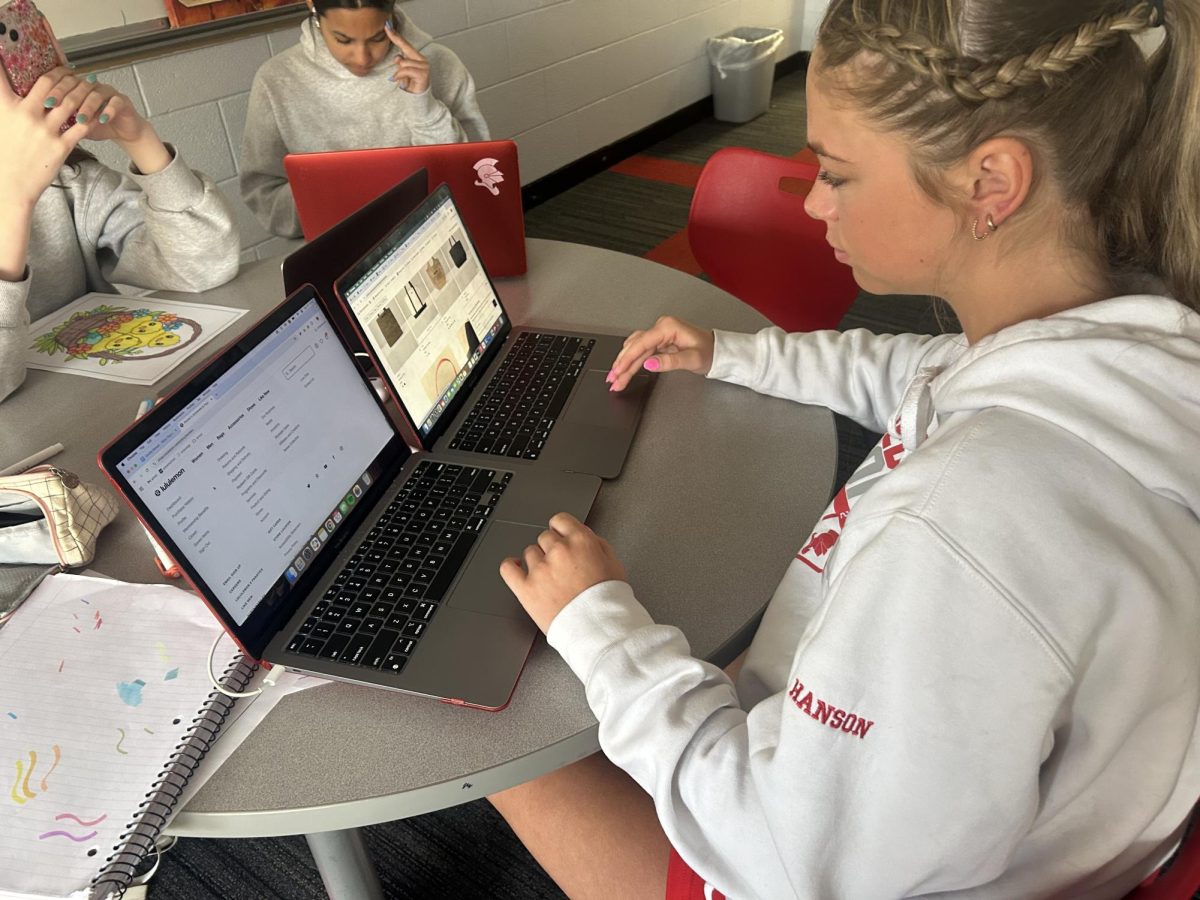














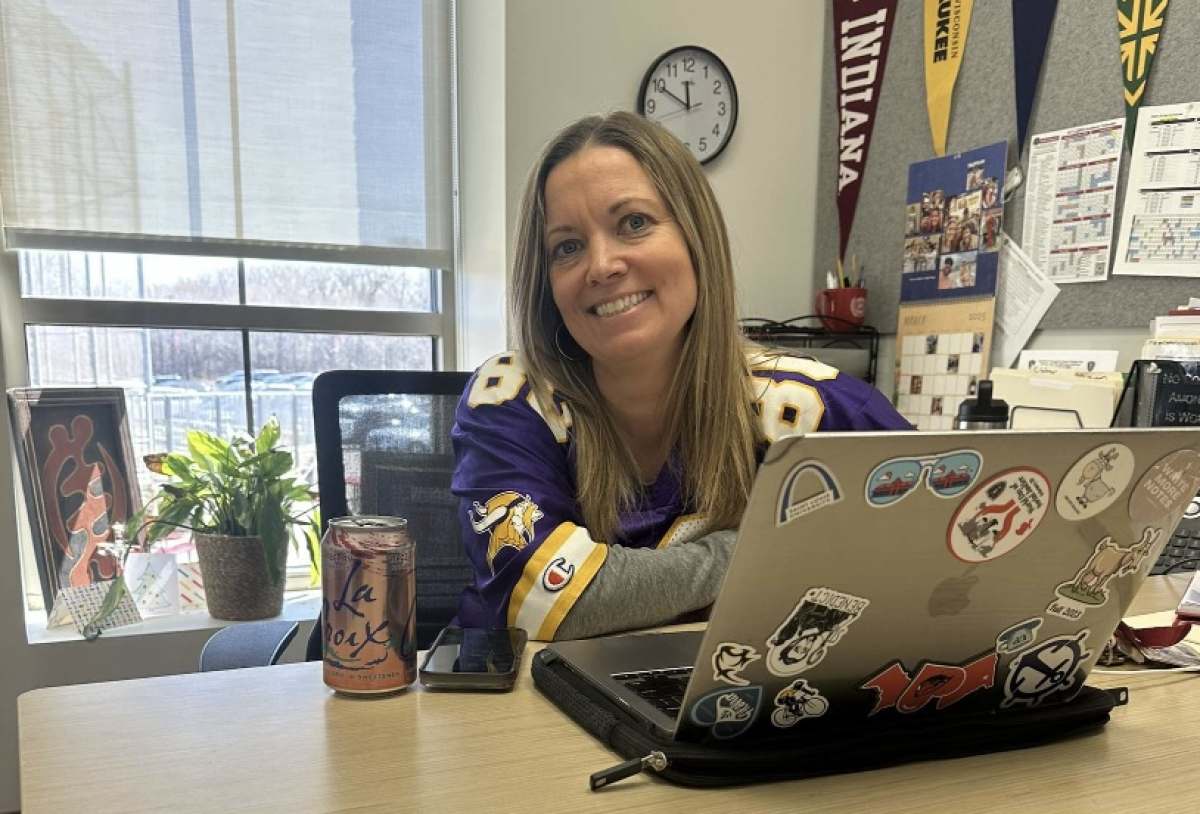










![Teacher Lore: Mr. Hillman [Podcast]](https://bsmknighterrant.org/wp-content/uploads/2025/03/teacherlorelogo-1200x685.png)




